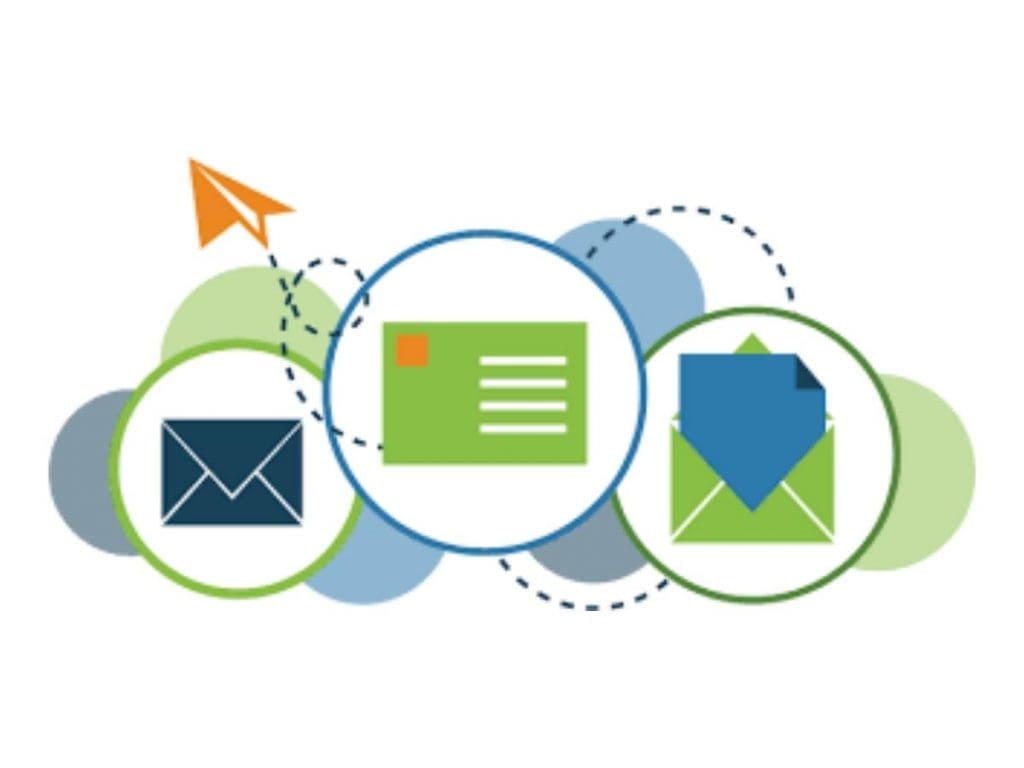How to Write A Marketing Email

Step 1: Choose the appropriate group and stage to which your message ought to be aligned
One way to make sure your emails are only directed at your intended audience is to simply understand them better by developing a customer persona that enables you to better understand your ideal consumers. Your messages of all content will start here, not just in email. This detail regarding your customer should give you data to formulate email messages that will be interesting and relevant so that you can appeal to the recipient and raise your chances of engagement and conversion.
Once you know your audiences, you can develop messages to deal with them. Possibly, you’re a recruitment agency and your audience is a recent college grad with no work experience. Helpful content for them would be a CV and interview arrangement or online session with your consultant. Aiming the right message requires segmenting your marketing lists. You could segment your lists of subscribers, prospects, and blog leads to send customized messages according to your priorities. These examples can help you decide what types of lists you want to segment, such as whether to include those who haven’t purchased your goods or services recently or those who have purchased from you in the past.
Step 2: Come up with a powerful subject line
The very first thing your possible customer will see is the subject line when he or she opens an email. Don’t waste this significant opportunity, and ideally, use a compelling subject line with exceptional emojis. Don’t throw in a term like TO READ at the end, since it can send out mixed signals, having your audience wonder whether it’s a promotional or actual message.
Make sure you keep your message brief – Emails that someone receives on their phone are usually really short, so keep yours a simple question or suggestion.
Add personalization – Consider including the name of the person receiving the email, or a product or course that caught their interest.
Tell them what’s inside — Try to give a hint as to what content they will get upon sending the message that is unopened, it will generate curiosity.
Examine the emails in your inbox that verified you clicked – Take inspiration from those, and examine the techniques they use to captivate you.
Program a question into your subject line – Put a question in the subject line when sending out email messages or reaching out to potential customers to learn what they’d like.
Using action verbs – It is far more powerful than using passive Voice. So rather than New podcast on SEO write Listen to our new SEO podcast with X.
Step 3: Personalize the message
A study, The Rise of Personalized Commerce: A Fossil found that 70% of companies that use personal business reaped a 200% return on investment from them. This is a result of personalization working when done properly. Your very first alert should begin with the title or text of your email or subject line. Nobody wants to purchase letters anymore. You can also filter your customer list based on prior purchases. If you tell your customers of this, they may be interested in a product similar to this which you inform you about.
This also included downloadable items such as ebooks or live events, in other words, other downloadable assets you made available. Likewise, if they were a hiker who wanted to download the guide to nearby trails, you could later retarget them with a journey blog, webinar, or podcast on leading trails.
Step 4: Establish a relationship with your prospects & customers
Email makes it simple for customers and business associates to establish a relationship with each other. When delivering messages be sure to include information your clients wouldn’t find worthwhile if they weren’t in communication with you.
Use this chance to get the opportunity to talk about your business or make it more unique. An email from your CEO that covers the company’s goals or beliefs may work well. Or offer first-come, first-served access or early bird discounts to your mailing list before everyone else in order to show interest you care for it and how important they feel you are. While you’re communicating with them, it’s furthermore helpful to use personal language, including things like you or your business. This simple yet significant example of technique from Glassdoor is a fantastic illustration of using that device in this way.
Step 5: Emphasize the benefits
When writing any email, it’s crucial that you understand its advantages to the reader along with what the receiver will gain from opening and engaging with it. If you cannot clearly answer this, you should begin to write a new e-mail because it is a pivotal element of any successful marketing campaign or prospecting email that fosters replies.
An email is a powerful marketing tool if used correctly. Keep the following in mind when writing an email and you will be sure to reap the benefits:
1. Who is your target audience? Write your email with this person or group in mind.
2. What do you want your email to accomplish? Be clear about your goals for the email before you begin writing.
3. Keep it short and sweet. No one wants to read a long, drawn-out email. Get to the point quickly and be concise in your language.
4. Use strong subject lines. This is what will get your email opened in the first place, so make it count!
5. Personalize wherever possible. Addressing your reader by name and using other personal touches will make them feel special and more likely to pay attention to your message.
Step 6: Inspire action
The purpose of every email should be to encourage action. It doesn’t matter whether the intention is being to read a blog, download a white paper or simply check out your site. Your email should stimulate engagement by allowing users to open and click through. To prompt action, you ought to use your active vocabulary and CTAs in your emails. Don’t feel nervous incorporating strong language in your communications so that people will respond to the messages. Don’t hope someone to open it just to understand it’s perhaps not what they are looking for and throw it away. You can use this tactic to have a countdown for an event such as a forthcoming webinar on social media, or a live move. You can also request people to sign up for your newsletter or a podcast going forward in your business to give them updates.
Step 7: Keep in touch and connected
You likewise require your email address to ensure that you remain in your clients’ thoughts, so ensure they know how to contact you. Create a monitored email address as a way to promptly communicate with the staff and promote your social media presence in your header or footer with the staff members. If you use WhatsApp for client support, include that as another communication mode. Recommending that people use Facebook groups or a Discord channel will permit your recipients of the invitations to engage with your business, should they so choose. Individuals can also subscribe to your email list as a way to establish loyalty with your product and services.
Step 8: Test different messages and keep optimizing
If you wish to test whether or not your emails are getting read, your best bet is to take a look at them. You may continue to study top-performing content, however, that will only last later and it won’t give you some valuable insights.
Email testing is a crucial component of your marketing campaign.
Factors you can test include:
the subject – This is testing one subject line against another to see which does better.
Image tags – Using images as banners or in your email could slow it down or, thus, put it off, so think about the benefits and drawbacks of multiple different types of images in relation to your campaign.
CTAs – Test what you’re requesting individuals to to do. Does Buy Now work or is Start Your Free Trial a better choice?
Content – You need to be cautious when testing reams of content, but say a customer testimonial is included in your copy, does it perform better?
Get ahead of the curve with our services
Digital marketing is an ever-growing industry that can be difficult to keep up with if you’re not familiar with the latest trends and technologies. However, don’t worry – our team of experts are here to help.
We offer a variety of digital marketing services that will help you get ahead of the curve and stay ahead of your competition. Our services include SEO, PPC, social media advertising, and web design.
We understand that every business is different, so we tailor our services to fit your specific needs. We also offer a free consultation so that we can understand your business and goals better.
If you’re looking for a reliable and trustworthy digital marketing agency, then look no further than our team at Digital Encounter. We’d be happy to help you achieve your online goals.


